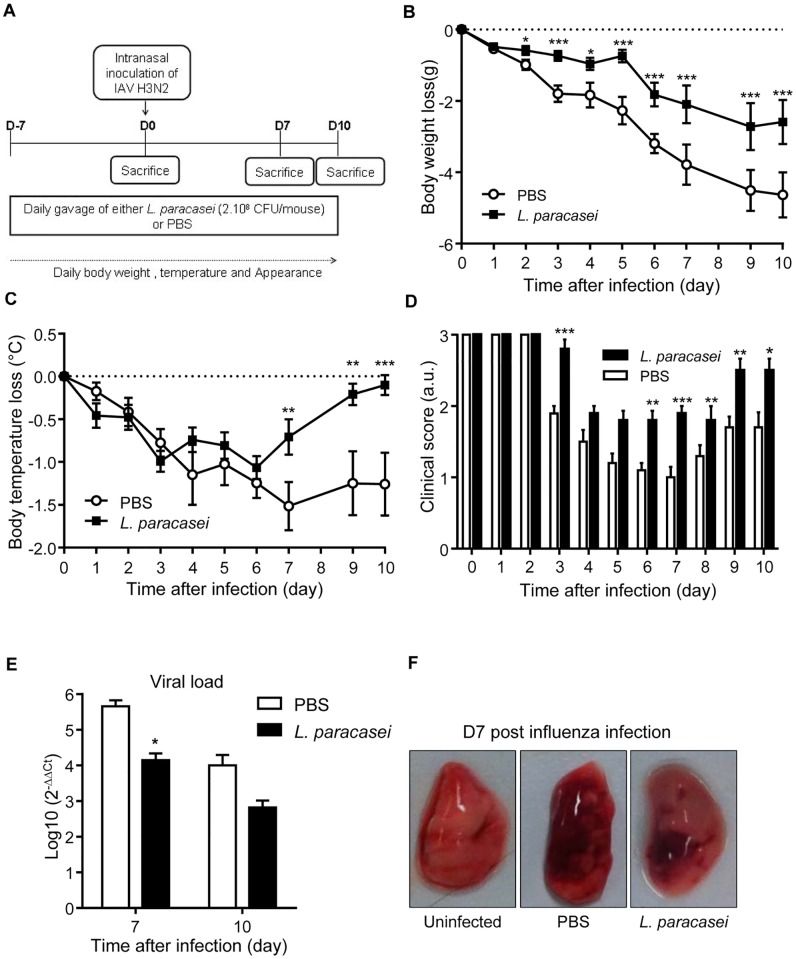Fig 1. Effects of L. paracasei consumption on health status of influenza-infected mice.
(A) An overview of the experimental scheme; (B) Body weight loss that was expressed in comparison to day 0 of viral infection for each mouse. We scored each individual mouse in comparison to its weight at day 0 as no significant differences were observed prior to viral infection. (C) Temperature loss expressed as the difference between values at D0 in mice after influenza infection with 260 pfu; (D) Score appearance of mice after influenza infection. Results are expressed as mean ± SEM for each group (n = 31). (*p<0.05, **P<0.01, ***P<0.001, **** P<0.0001). (E) Viral load measured with RTq-PCR at D7 or D10 post influenza infection in the lungs of mice fed with either L. paracasei (N = 15) or with PBS (N = 16). (F). Hemorrhagic lesion in the lungs of L. paracasei- or PBS fed mice at day 7 post influenza infection compared with non-infected mice. Data are means ± SEM of each group of mice. (*p<0.05).

